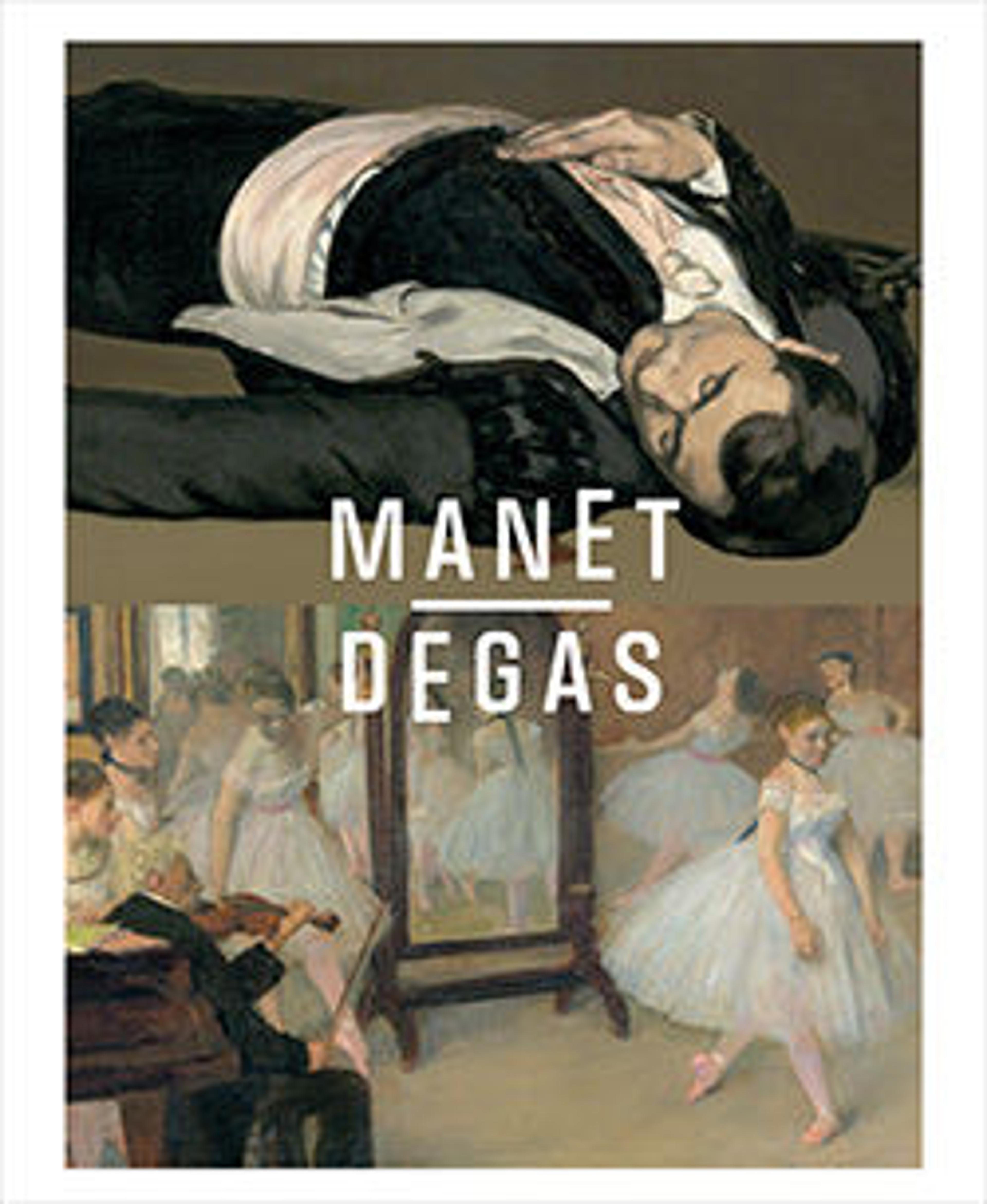The Funeral
Manet’s unfinished painting is thought to depict the funeral of the writer Charles Baudelaire, which took place on September 2, 1867. The artist, unlike other friends who had yet to return from vacation or stayed away owing to the threatening summer storm, was among the few mourners present. This view of the meager funeral cortège at the foot of the Butte Mouffetard, a hill in southwest Paris, is framed by the silhouettes of the towers and cupolas of the Val de Grâce, the Panthéon, Saint-Etienne-du-Mont, and the Tour de Clovis in the background.
Manet kept the picture until his death. In 1894 Pissarro acquired it in exchange for one of his own landscapes.
Artwork Details
- Title: The Funeral
- Artist: Edouard Manet (French, Paris 1832–1883 Paris)
- Date: ca. 1867
- Medium: Oil on canvas
- Dimensions: 28 5/8 x 35 5/8 in. (72.7 x 90.5 cm)
- Classification: Paintings
- Credit Line: Catharine Lorillard Wolfe Collection, Wolfe Fund, 1909
- Object Number: 10.36
- Curatorial Department: European Paintings
More Artwork
Research Resources
The Met provides unparalleled resources for research and welcomes an international community of students and scholars. The Met's Open Access API is where creators and researchers can connect to the The Met collection. Open Access data and public domain images are available for unrestricted commercial and noncommercial use without permission or fee.
To request images under copyright and other restrictions, please use this Image Request form.
Feedback
We continue to research and examine historical and cultural context for objects in The Met collection. If you have comments or questions about this object record, please contact us using the form below. The Museum looks forward to receiving your comments.
